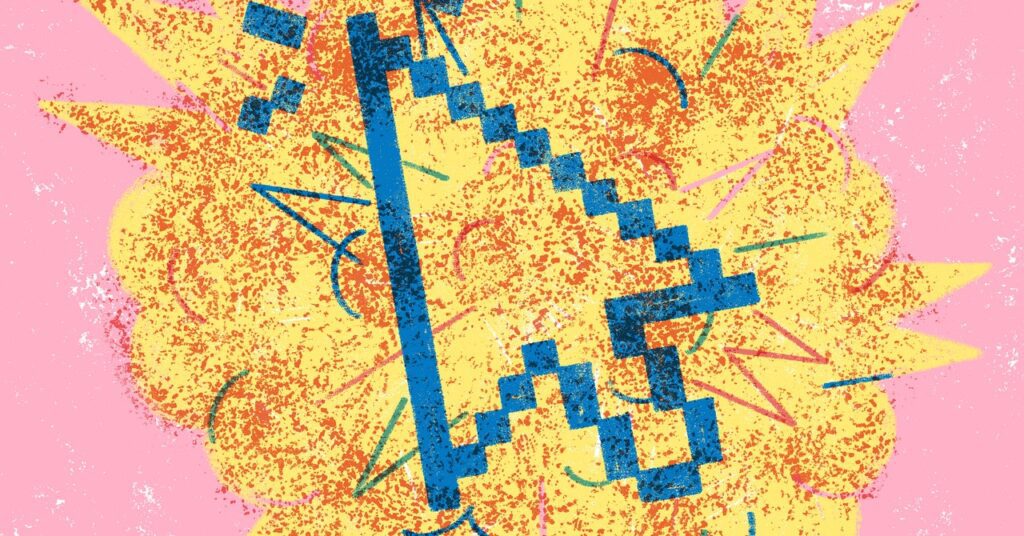The condemned have this is false. AI won’t end the world, but it will end the web as we know it.
AI is already disrupting the economic pact of the Internet that has existed since the advent of search: a few companies (mainly Google) provide the demand, and creators provide the supply (and derive advertising revenue or recognition from it). AI tools already generate and summarize content, saving users from having to click through to content providers’ sites, upsetting the balance.
Meanwhile, a sea of deepfakes and AI-powered bots will make us question what’s real and degrade people’s trust in the online world. And as big tech companies – who can afford the most data and computing – continue to invest in AI, they will become even more powerful, further shutting down what’s left of the open internet.
The march of technology is inevitable. I’m not calling attention to this to cry that the sky is falling or to slow down progress. We need to help individual users take some control over their digital lives. Thoughtful government regulation could help, but it often slows innovation. Attempting a one-size-fits-all solution can create as many problems as it solves. And let’s face it, users aren’t going to give up their online lives.
Major technology movements often come together: think of the rise of social, cloud and mobile computing in the 2000s. This time, it’s no different: AI needs computing compatible with the blockchain. For what? First, blockchains enforce ownership. Blockchains can make credible commitments regarding ownership, payments and power. A decentralized computer network – neither a large corporation nor any other centralized intermediary – validates transactions, ensuring that rules and records cannot be changed without consensus. Smart contracts automate and enforce these property rights, creating a system that ensures transparency, security and trust, giving users full control and ownership of their digital lives. For creators, this means the ability to decide how others, including AI systems, can use their work.
Another fundamental property right that blockchains can enforce is identity. If you are who you say you are, you can sign a cryptographic declaration to attest to this. We could broadcast our identities across the web without relying on third parties. Onchain identities could also help separate real users from bots and impostors. In the 1990s, no one on the Internet knew if you were a dog. Now people can know for sure whether you’re a dog or a robot. In 2025, I expect to see more “evidence of humanity” on the Internet, thanks to recent advances in these technologies.
In 2025, blockchains will be used to create tamper-proof records of original digital content, a shield against deepfakes. When a video, photo, or audio recording is created, blockchains can provide and store a unique digital fingerprint. Any modification of the content modifies this signature, making it easier to detect tampering. Blockchains can also store metadata and verification attestations from trusted sources, ensuring the authenticity of content.
Finally, in 2025, blockchains will help realize the original ideals of the Internet, fostering a more creative, open and diverse Web. Right now, users are dependent on a few internet giants, the same ones that are investing heavily in AI (and calling for regulation to keep smaller competitors out). Websites and apps that were once open have added paywalls, restricted or closed their APIs, deleted their archives, modified previous content without permission, and added intrusive banners and ads. In 2025, blockchain alternatives will offer more choice, open source innovation, and community-controlled options. They will carry the torch of the open Internet. Crypto will begin to take power away from big tech companies, putting it back in the hands of users.




